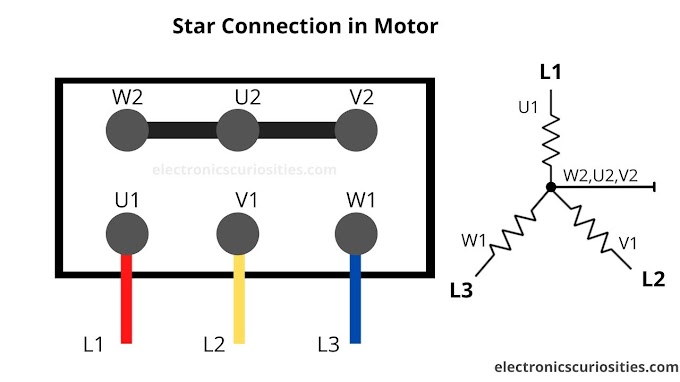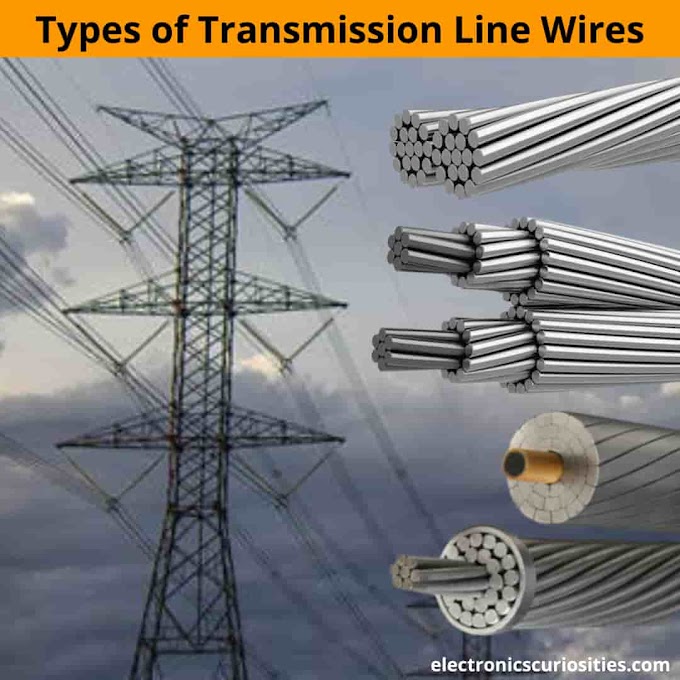What is Chemical Earthing? How Chemical Earthing is done?
Today we will know what is chemical earthing, how and where this earthing is done. At the same time, they will also know how much money is spent on doing chemical earthing.
What is chemical earthing?
Chemical earthing is the earthing in which chemical powder is used instead of using coal and salt. In normal earthing, we put salt and coal over the electrode. But this does not happen in the chemical economy, in chemical earthing, the chemical powder is put on the electrode.
Chemical Earthing working
Two types of chemical powders are used in chemical earthing. The Carbon powder and the second is Bentonite powder. The Carbon powder is black in color and bentonite powder is brown in color. Carbon powder is used in normal places whereas Bentonite powder is mostly used in dry places.
Also read - Earthing – Types And Method Of Earthing | What is Earthing?
Why are colored balls used in Power Transmission Lines?
Where is Chemical Earthing Used?
If we want, we can also use chemical earthing in homes. Chemical earthing can be used everywhere. But there are some places where only chemical earthing should be done. Coal and salt earthing cannot be used in those places. For example, the only chemical should be done in hilly areas. Chemical earthing is also done on rocky ground.
Simply put, we use chemical earthing in places with low humidity.
The materials used in Chemical earthing
Many materials are used while doing chemical earthing, the names of the main materials are as follows.
- Earth Electrode
- Reducing socket
- Funnel
- G.I. Nut
- Carbon powder/ Bentonite powder
- S.W.G. Copper Wire
- Wire mesh
How is chemical earthing done?
To do chemical earthing, first, a pit is dug. The pits are dug according to the size of the earth electrode. Sprinkle some water in it after digging the pit.
After this, the chemical powder is put inside the pit 40 to 50% depth. After this, the earth electrode is set inside the pit. The upper part of the earth electrode sticks out slightly. The upper part is kept outside so that the earth wire can be connected.
Chemical Powder Earthing
After that, a chemical compound or powder is put in the entire pit. After that, the earth wire is connected to the reducing socket of the earth electrode. A nut is welded with the reducing socket, connecting the earth wire to the nut. After this, now we can use earthing after a day or two.
What is the cost of chemical earthing?
The cost of chemical earthing depends on how deep we are doing the earthing. If we do the earthing ourselves, then its cost is a little less. The chemical compound of earthing is 5000 to 6000, this rate is of 50 KG chemical compound. For chemical earthing, the earth electrode ranges from Rs 2k to 3k. If you go for a G.I Earth electrode, it is cheaper. Copper earth electrode is costly.
Accordingly, if you do chemical earthing yourself, then your work will be done in Rs 7k to 8k. If you get this done from some other company, then you will have to pay extra money to get it done. Apart from this, he will think of earning more money from you and will say that we will use this different type of chemical powder, so it will be expensive.
If you do chemical earthing by yourself, then your work will be done in Rs 7k to 8k (90-120 dollars), but chemical earthing done by any company will cost you from 10 thousand to 12 thousand (150-200 dollars).
Benefits of doing Chemical Earthing
- It reduces the resistivity of soil.
- There is no maintenance required in chemical earthing, so we also call it maintenance-free earthing.
- Chemical earthing lasts longer.
- Chemical Earthing performs in all weather conditions giving stable earth resistance values.
So friends, hope you have got answers to many questions related to Chemical Earthing.
Thank You!
Have A Great Day!
Happy learning!





